Home>Gardening & Outdoor>Landscaping Ideas>What To Do If I Put Too Much Grass Seed
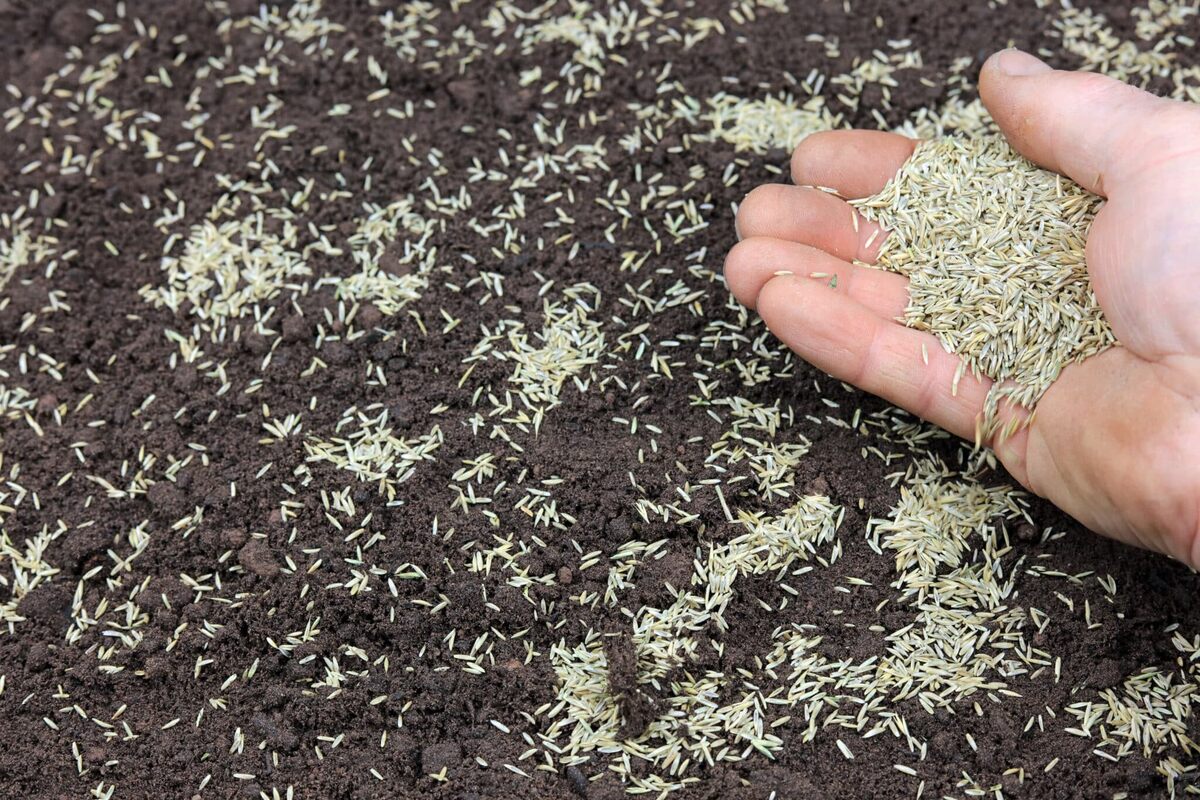

Landscaping Ideas
What To Do If I Put Too Much Grass Seed
Modified: February 18, 2024
Learn effective landscaping ideas for dealing with an excess of grass seed. Discover solutions to remedy the situation and achieve a lush, balanced lawn.
(Many of the links in this article redirect to a specific reviewed product. Your purchase of these products through affiliate links helps to generate commission for Storables.com, at no extra cost. Learn more)
**
Introduction
**
So, you've taken the leap and seeded your lawn, hoping for lush, green grass to grace your yard. However, in your eagerness, you may have overseeded, leaving you wondering what to do next. Don't worry; you're not alone in this predicament. Fortunately, there are steps you can take to rectify the situation and still achieve the beautiful lawn you desire.
In this guide, we'll delve into the potential issues that arise from overseeding, the steps you can take to address the problem, and the importance of proper watering and maintenance. Whether you're a novice gardener or a seasoned enthusiast, this article will equip you with the knowledge and confidence to navigate the challenges of overseeding and ensure a thriving, verdant lawn.
Let's embark on this journey to salvage your lawn and transform it into a picturesque oasis.
**
Key Takeaways:
- Don’t panic if you’ve overseeded your lawn – assess the situation, thin out the seeds, adjust watering, and be patient for a lush, balanced lawn.
- Seek professional help if needed – experts can diagnose issues, offer advanced techniques, and provide long-term maintenance guidance for a thriving lawn.
Assessing the Situation
**
Before diving into corrective measures, it’s crucial to assess the extent of the overseeding issue. Determining the severity of the oversaturation will guide your next steps and help you devise an effective plan of action.
First, take a walk around your lawn and observe the density of the grass. Are the seeds clumped together, creating patches of dense growth? Are there areas where the soil is barely visible due to excessive seed coverage? By visually inspecting the lawn, you can gauge the magnitude of the overseeding problem.
Additionally, consider the type of grass seed you used. Some varieties may be more resilient and adaptable to dense seeding, while others may struggle to thrive in such conditions. Understanding the characteristics of the specific grass species will inform your approach to rectifying the situation.
Furthermore, evaluate the environmental factors that can impact the germination and growth of the grass seeds. Factors such as sunlight exposure, soil quality, and drainage patterns play a significant role in the success of overseeding. Assessing these elements will provide valuable insights into the challenges your lawn may face in the aftermath of overseeding.
By thoroughly assessing the situation, you can gain a comprehensive understanding of the oversaturation issues and tailor your remedial actions accordingly. This proactive approach sets the stage for effective problem-solving and sets you on the path to a thriving, well-balanced lawn.
**
Steps to Take
**
Once you’ve assessed the situation and identified the extent of the overseeding challenge, it’s time to implement corrective measures to restore balance to your lawn. Here are the key steps to take:
- Raking and Thinning: Begin by gently raking the oversaturated areas to thin out the excess grass seeds. This process helps redistribute the seeds more evenly and reduces overcrowding, allowing the existing grass to thrive while fostering new growth.
- Applying Topsoil: If the soil is heavily compacted or the seed coverage is excessively dense, consider applying a thin layer of topsoil to promote better seed-to-soil contact. This facilitates germination and provides a conducive environment for healthy root development.
- Adjusting Watering Schedule: Review your watering schedule and ensure that you’re providing adequate moisture without drowning the seeds. Adjust the frequency and duration of watering to create a balanced moisture level that supports germination without promoting oversaturation.
- Monitoring Growth: Keep a close eye on the progress of the grass seeds. Look for signs of overcrowding or sparse growth and make adjustments as needed. Regular monitoring allows you to intervene promptly and make informed decisions to optimize the lawn’s development.
- Implementing Aeration: Consider aerating the soil to alleviate compaction and improve air circulation. Aeration facilitates nutrient absorption and enhances the overall health of the lawn, promoting robust growth and resilience.
- Practicing Patience: Above all, exercise patience as you navigate the corrective process. It takes time for the grass seeds to establish and flourish, so allow nature to take its course while providing the necessary care and attention.
By following these steps, you can address the challenges posed by overseeding and set the stage for a rejuvenated and vibrant lawn. With thoughtful intervention and diligent maintenance, you’ll soon witness the transformation of your yard into a picturesque expanse of healthy, luxuriant grass.
**
If you put too much grass seed, gently rake the area to distribute the seeds evenly. Water lightly and monitor the growth to prevent overcrowding.
Watering and Maintenance
**
Proper watering and maintenance practices are pivotal in nurturing the newly seeded lawn and ensuring its long-term vitality. By adhering to these guidelines, you can optimize the growth of the grass seeds and establish a resilient, verdant turf.
Watering Guidelines
When it comes to watering, consistency and moderation are key. Follow these essential watering guidelines to support the germination and growth of the grass seeds:
- Even Moisture Distribution: Aim for even moisture distribution across the seeded areas, avoiding excessive saturation in localized spots. This promotes uniform germination and prevents the formation of overly dense patches.
- Early Morning Watering: Water the lawn in the early morning to capitalize on the cooler temperatures and reduce water loss through evaporation. Morning watering also allows the grass blades to dry during the day, minimizing the risk of fungal diseases.
- Monitoring Soil Moisture: Regularly assess the soil moisture level to ensure that it remains consistently moist but not waterlogged. Adjust the watering frequency based on environmental conditions and the specific needs of the grass species.
- Deep, Infrequent Watering: Encourage deep root development by watering the lawn deeply but infrequently. This practice promotes strong, resilient roots and reduces the dependence on frequent watering.
Maintenance Practices
In addition to watering, implementing proper maintenance practices is essential for the overall health and vigor of the newly seeded lawn. Consider the following maintenance guidelines:
- Mowing Considerations: Refrain from mowing the newly seeded areas until the grass reaches a height of approximately 3 inches. When mowing, ensure that the blades are sharp to create clean cuts that promote healthy regrowth.
- Fertilization Schedule: Establish a fertilization schedule tailored to the specific needs of the grass species. Avoid over-fertilization, as excessive nutrients can impede the natural development of the grass and exacerbate oversaturation issues.
- Weed Management: Vigilantly monitor the lawn for weeds and address them promptly to prevent competition for resources and space. Implement targeted weed control measures to maintain the integrity of the newly seeded areas.
- Avoiding Heavy Traffic: Minimize foot traffic and heavy equipment usage on the newly seeded lawn to prevent soil compaction and disturbance of the delicate seedlings. Encourage a gentle and nurturing environment for the grass to thrive.
By adhering to these watering and maintenance practices, you can foster the optimal conditions for the newly seeded lawn to flourish. Consistent care and attention will yield a robust, resilient turf that enhances the beauty of your outdoor space.
**
Seeking Professional Help
**
While proactive measures and diligent care can often address overseeding challenges, there are instances where seeking professional assistance becomes necessary to ensure the successful rejuvenation of your lawn. Professional expertise and specialized interventions can provide valuable support in overcoming complex overseeding issues. Here are scenarios where seeking professional help is advisable:
- Specialized Lawn Care Services: Engaging the services of professional lawn care experts can offer tailored solutions for overseeding complications. These specialists possess in-depth knowledge of grass varieties, soil conditions, and environmental factors, allowing them to devise customized strategies to rectify oversaturation and promote healthy growth.
- Soil Testing and Analysis: If you encounter persistent challenges related to overseeding, professional soil testing and analysis can unveil underlying issues that may be impeding the success of your lawn rejuvenation efforts. Soil experts can provide insights into nutrient deficiencies, pH imbalances, and soil composition, enabling targeted remediation measures.
- Advanced Aeration and Seeding Techniques: Professional lawn care providers offer advanced aeration and seeding techniques that go beyond conventional approaches. These specialized methods can effectively address oversaturation, compacted soil, and uneven seed distribution, fostering optimal conditions for robust grass growth.
- Disease and Pest Management: In cases where overseeding challenges are compounded by disease outbreaks or pest infestations, professional assistance is invaluable. Lawn care professionals can diagnose and treat lawn diseases, implement pest management strategies, and prevent further complications that could impede the success of overseeding efforts.
- Guidance on Long-Term Maintenance: Professional lawn care providers offer comprehensive guidance on long-term maintenance practices tailored to your specific lawn and environmental conditions. Their expertise ensures that the rejuvenated lawn continues to thrive, remaining healthy and vibrant in the years to come.
By recognizing the value of professional help in addressing overseeding challenges, you can leverage specialized knowledge and resources to optimize the health and beauty of your lawn. Collaborating with experienced professionals empowers you to navigate complex overseeding issues with confidence and achieve a stunning, resilient lawn that enhances your outdoor environment.
**
Read more: What Do I Put Chia Seeds In
Conclusion
**
Embarking on the journey of overseeding your lawn is an exciting endeavor, but it’s not uncommon to encounter challenges along the way, such as oversaturation of grass seeds. However, with the right approach and a proactive mindset, you can navigate these obstacles and set the stage for a rejuvenated, thriving lawn.
By assessing the situation, implementing corrective measures, and prioritizing proper watering and maintenance, you can effectively address overseeding issues and nurture healthy grass growth. Remember to exercise patience and attentiveness as you guide the lawn through the rejuvenation process, allowing nature to work its magic while providing the necessary care and support.
Should you encounter persistent challenges or seek specialized interventions, don’t hesitate to explore the option of seeking professional help. Lawn care experts can offer tailored solutions, advanced techniques, and invaluable guidance to optimize the success of your overseeding endeavors.
As you navigate the complexities of overseeding, remember that each step you take contributes to the overall health and beauty of your lawn. Embrace the journey as an opportunity to learn, adapt, and nurture your outdoor space, ultimately witnessing the transformation of your yard into a lush, vibrant oasis for relaxation and enjoyment.
With a blend of knowledge, patience, and a touch of creativity, you can overcome overseeding challenges and cultivate a stunning lawn that becomes a source of pride and joy. Let the lush, green expanse of your rejuvenated lawn stand as a testament to your dedication and stewardship of nature’s beauty.
Frequently Asked Questions about What To Do If I Put Too Much Grass Seed
Was this page helpful?
At Storables.com, we guarantee accurate and reliable information. Our content, validated by Expert Board Contributors, is crafted following stringent Editorial Policies. We're committed to providing you with well-researched, expert-backed insights for all your informational needs.
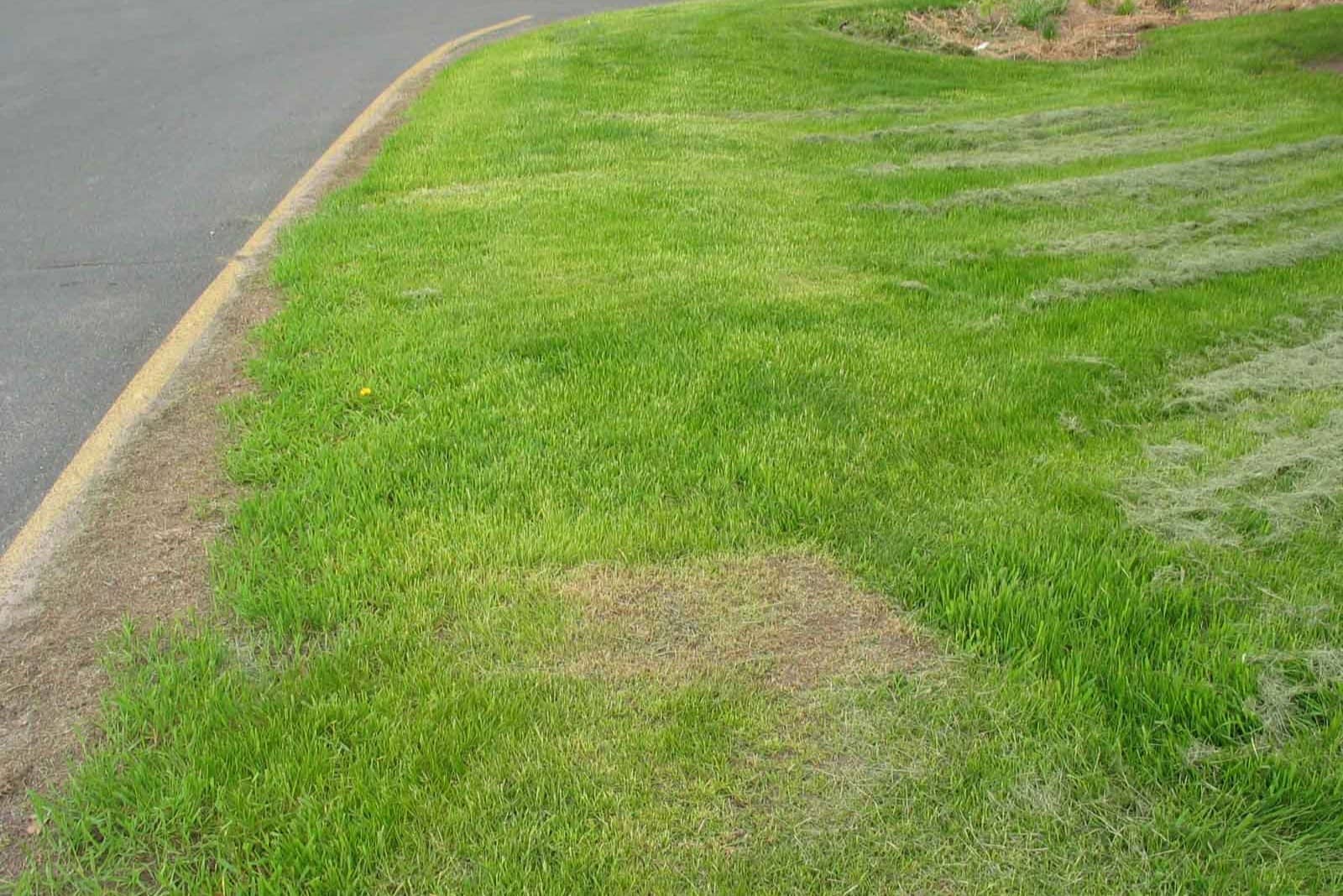
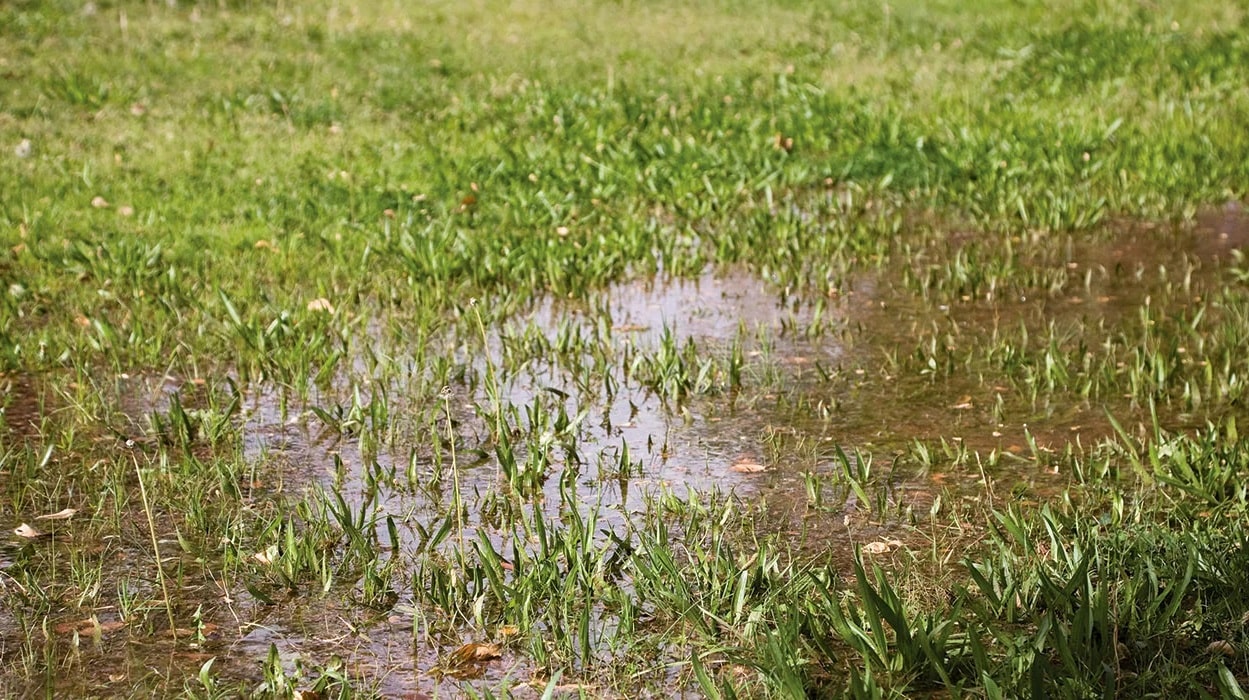

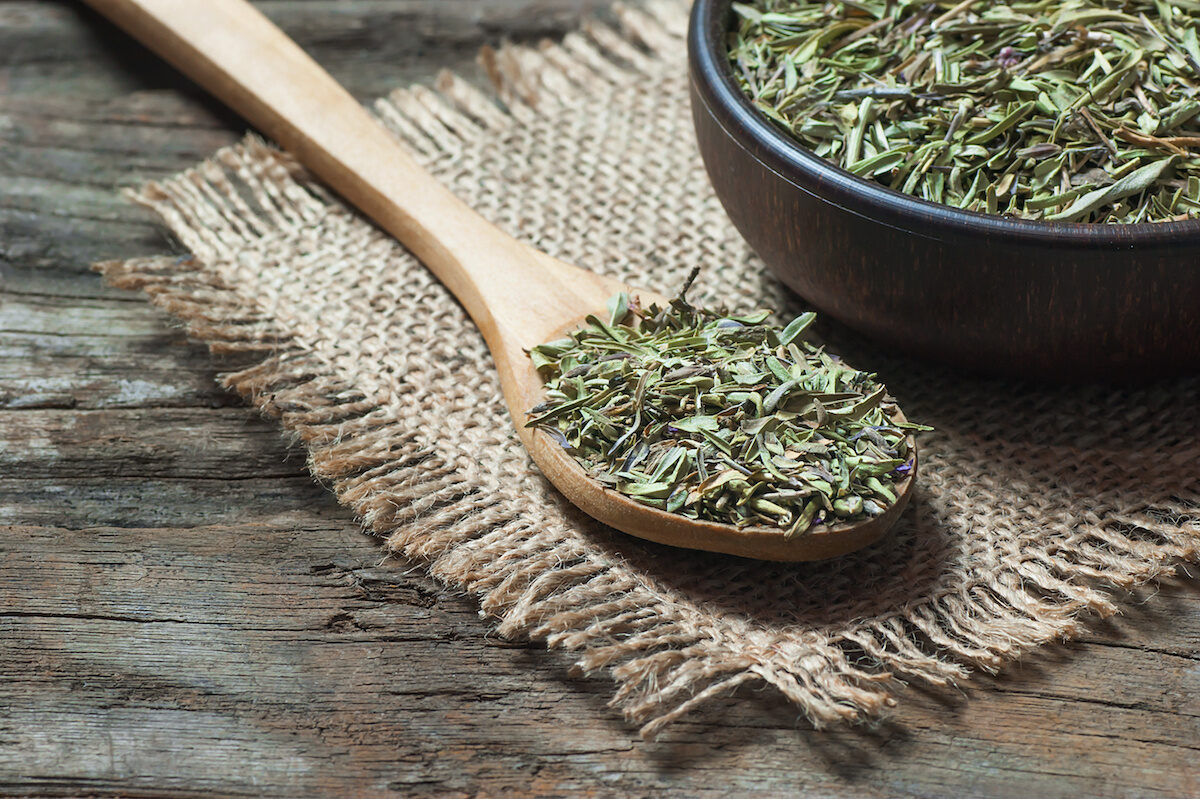




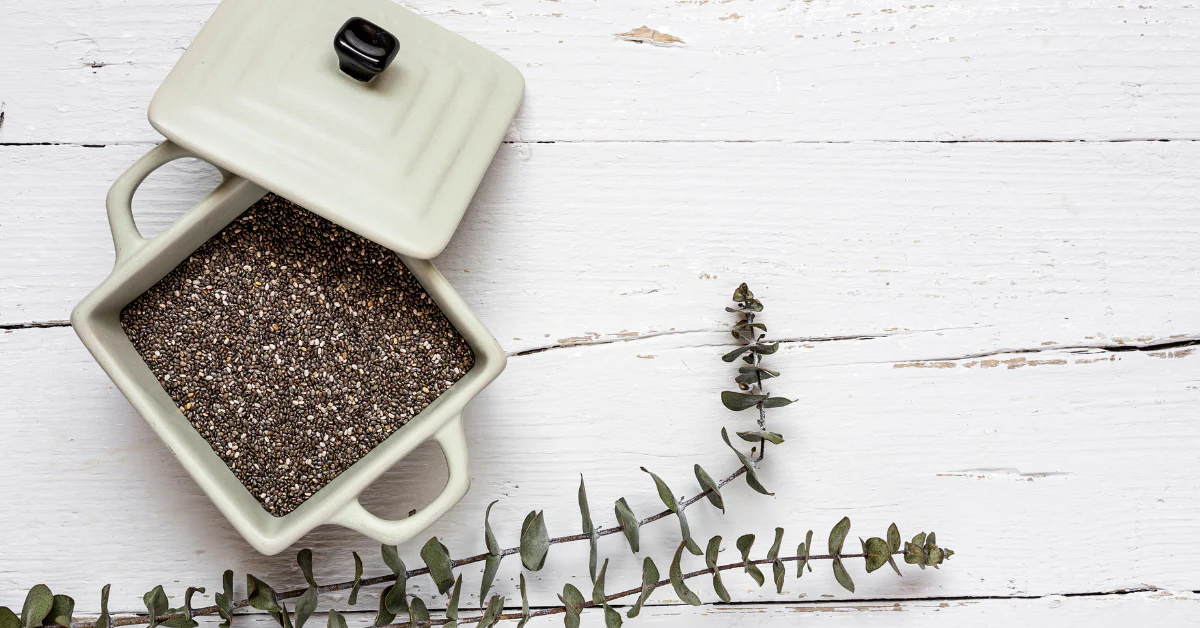

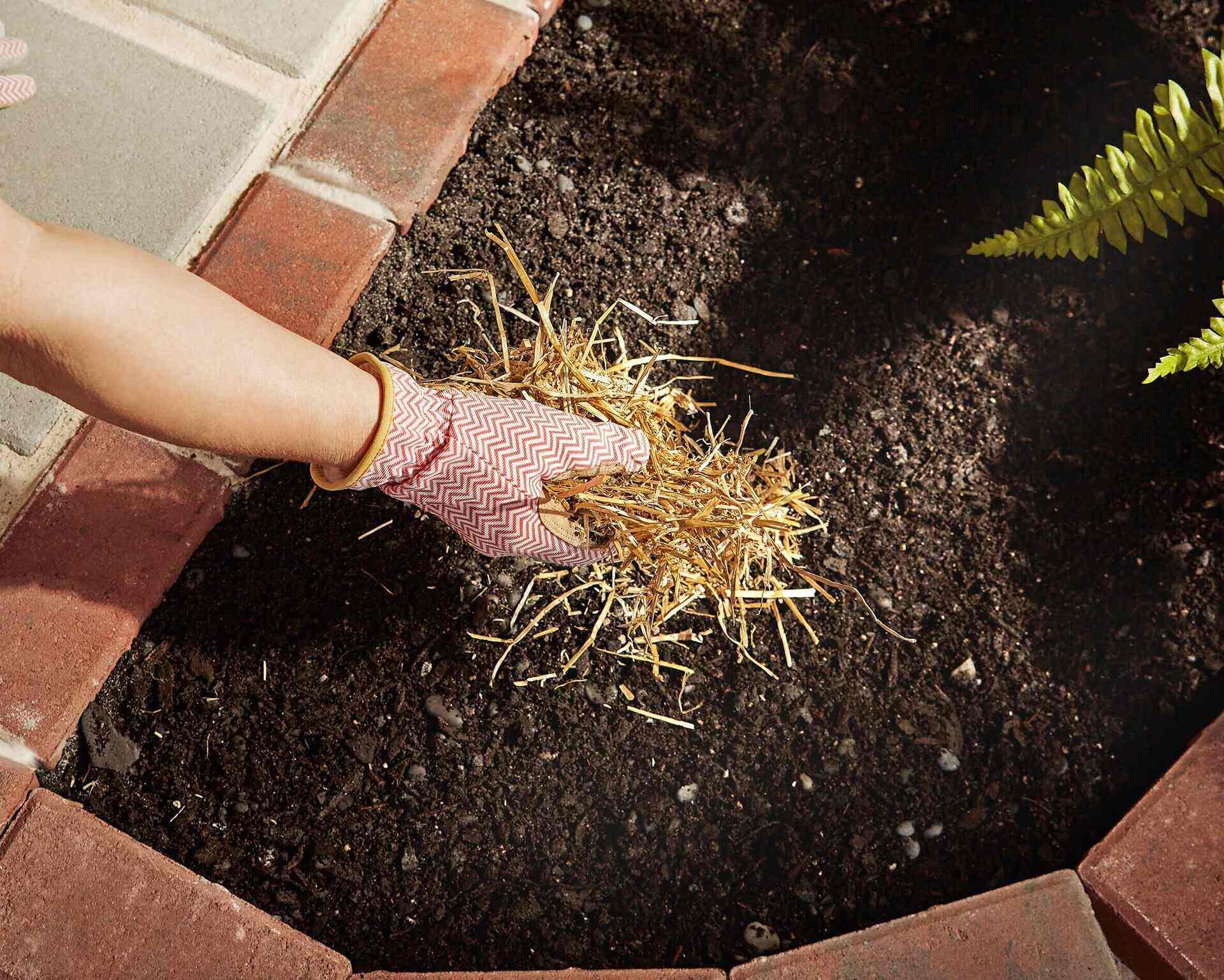
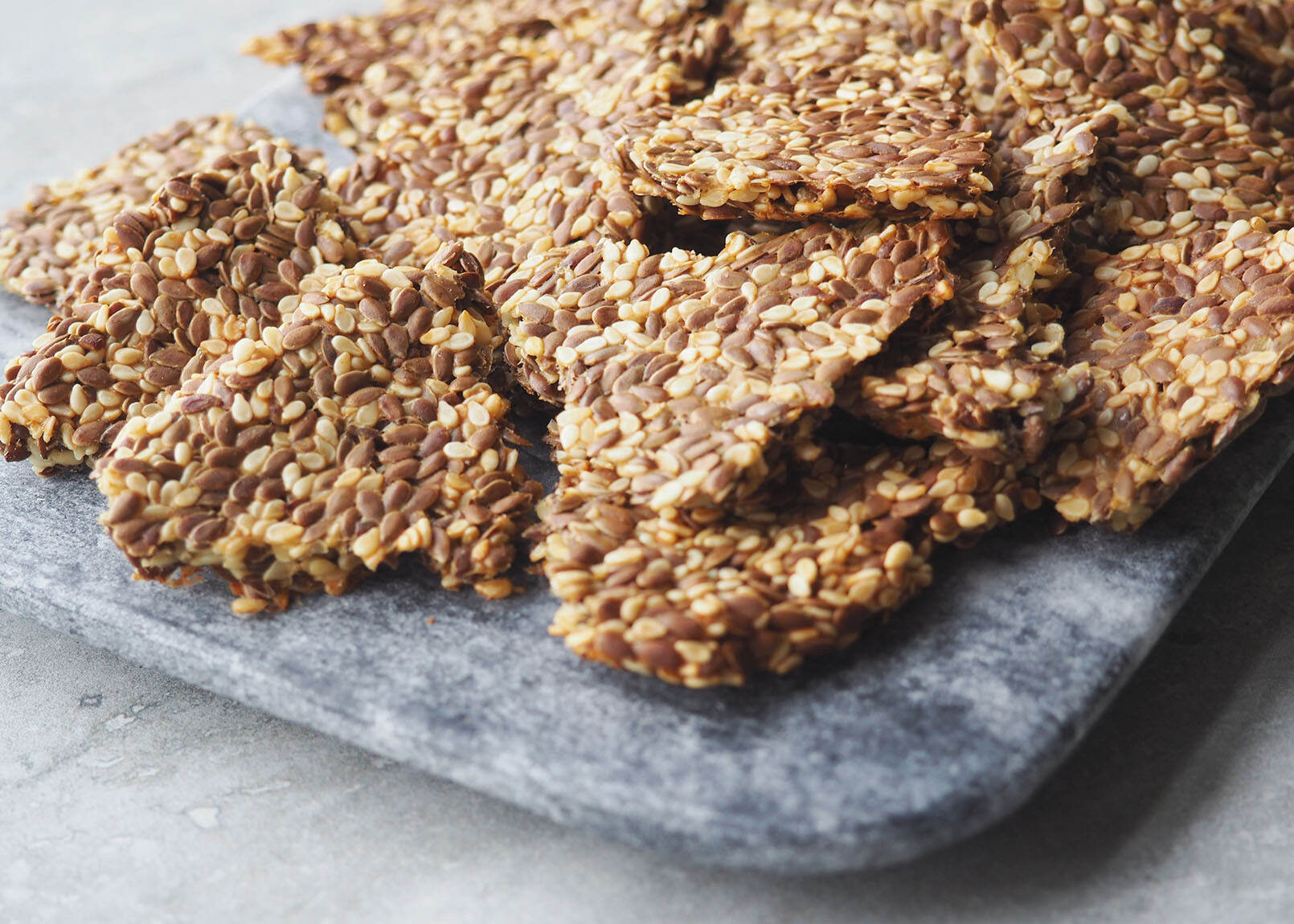

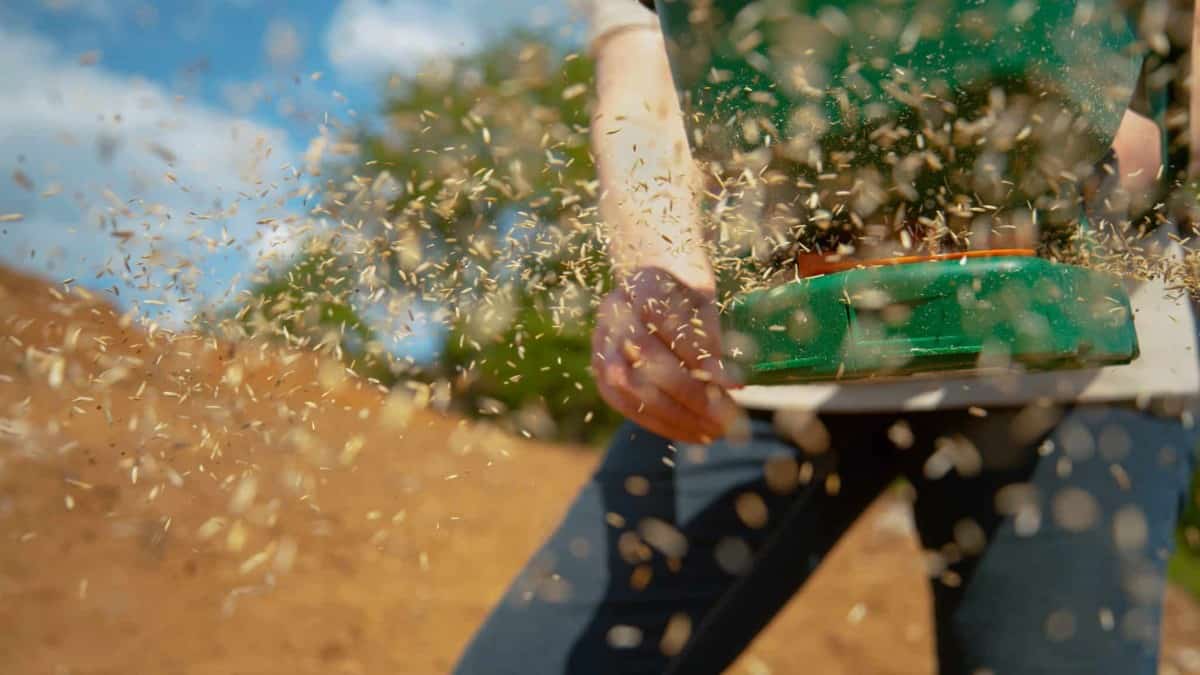

0 thoughts on “What To Do If I Put Too Much Grass Seed”